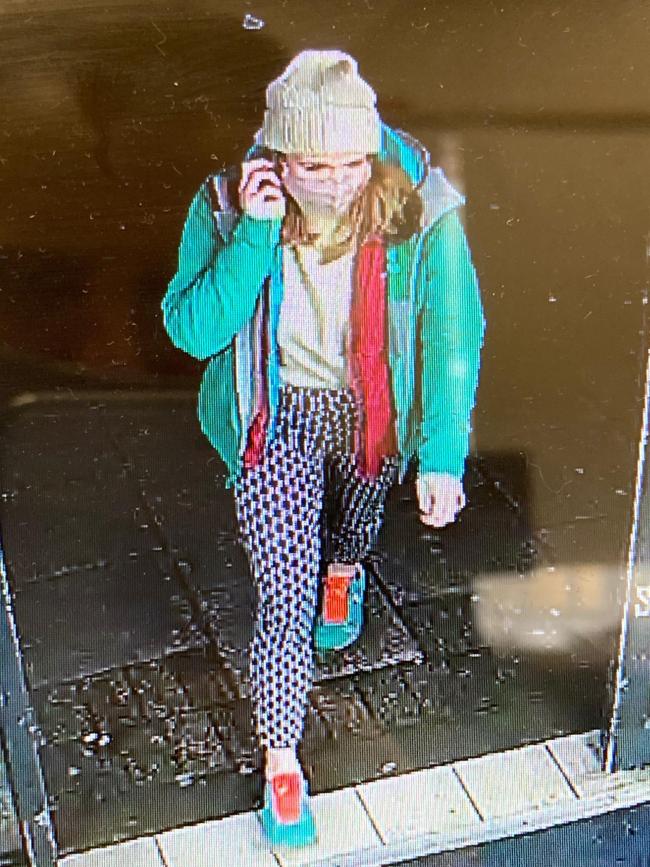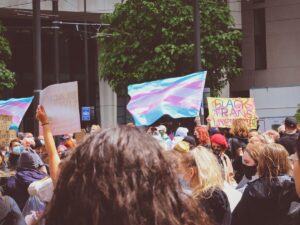On the 3rd of March 2021 Sarah Everard, a 33-year-old Caucasian woman, disappeared whilst walking home in South London.
Following the event, a surge of social media interest began to appear, imploring the nation to help locate the young marketing executive. On the 10th of March, Sarah’s remains were found in a woodland in Kent, and Wayne Couzens was arrested on suspicion of kidnap, rape, and murder. What started as growing awareness jumped overnight to a national outcry.
Sarah’s story had captured the hearts of the nation, igniting a period of fear, anger and, as a result, collective and intense grief. Women across the country united through how deeply they could relate to Sarah, each knowing that any one of us could have been her. Sarah, who had taken a range of safety precautions that many of us have treated as second nature from the moment we began to walk alone at night, or in any place where we may become victims, embodied the frustration of women across the country who have never felt safe in public spaces.
Sarah’s tragic and horrific murder made us shudder together, cry together, shout together, and realise how far we have yet to go to bring an end to male violence against women.

On the 17th of September 2021, Sabina Nessa, a 28-year-old woman and primary school teacher, was murdered whilst walking to meet her friend at a pub a few minutes away from her home, in a busy London park.
Sarah’s and Sabina’s stories are at first glance extremely similar; both were young women with reputable jobs and loving partners and families, both were murdered by men whilst walking home at night in South London. And yet media attention remembering Sabina Nessa still isn’t comparable to the flood of grief and outrage that surrounded Sarah Everard’s death.
The difference between these women? Their race.
Sarah Everard was a white woman; Sabina Nessa was a Bangladeshi woman.
This is not the first time that the media and the world alike have brushed aside the violent death of a woman of colour. This is not the first time that the interests and protection of white women have taken priority in mainstream discourse and within feminist discourse.
When we develop a feminism that prioritises white women, and an anti-racism discourse that prioritises men of colour, we allow women of colour to slip through the cracks, refusing them the justice they deserve.
In June 2020, Bibaa Henry and Nicole Smallman were stabbed to death in a London Park.
In 2018, 35-year-old Sana Muhammad, pregnant mother of 5, was shot in the abdomen and killed.
In 2020, 21-year-old Blessing Olusegun’s body was found in East Sussex.
In 2018, Nazia Ali’s body was discovered at a property in East London.
All of these women died at the hands of a man. But not one of these stories gained the same traction that stories of male violence against white women attract, despite being just as deeply tragic and horrifying.

It is in times such as these, when two extremely similar cases are experienced just months apart, that we can overtly see the deeply entrenched biases that allow these women of colour to slip through the cracks.
It is in these times that we may begin to question why it is that Sabina’s murder didn’t make our society shudder as Sarah’s did. These are challenging and ugly questions, but questions that will inevitably lead to the harsh reality that we do not view women of colour with the same level of interest, importance or respect that we do white women.
To acknowledge this disparity is to begin to challenge it; this is where we must begin. Sabina, and all the women of colour that have died at the hands of male violence, deserve this from us at the very least.
This is the only way to honour their memories; to feel the pain that we should at times such as these and to use that pain to prevent more women from meeting the same cruel fate. We cannot even begin to imagine solving the epidemic of violence against women if we are not fighting for the safety of all women.
We are not truly working towards women’s safety if we are not acknowledging the ways in which gendered violence disproportionately impacts the lives and communities of women of colour.
















